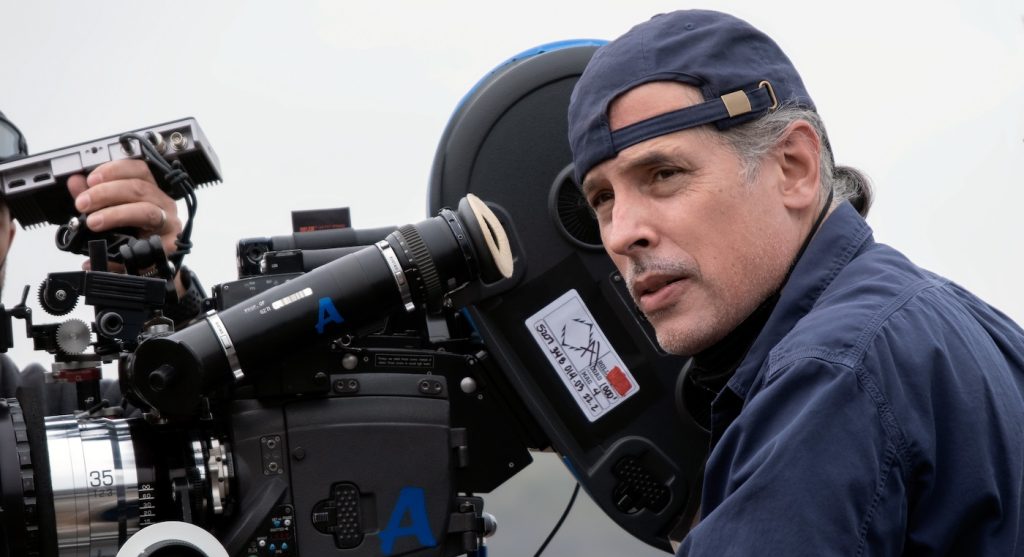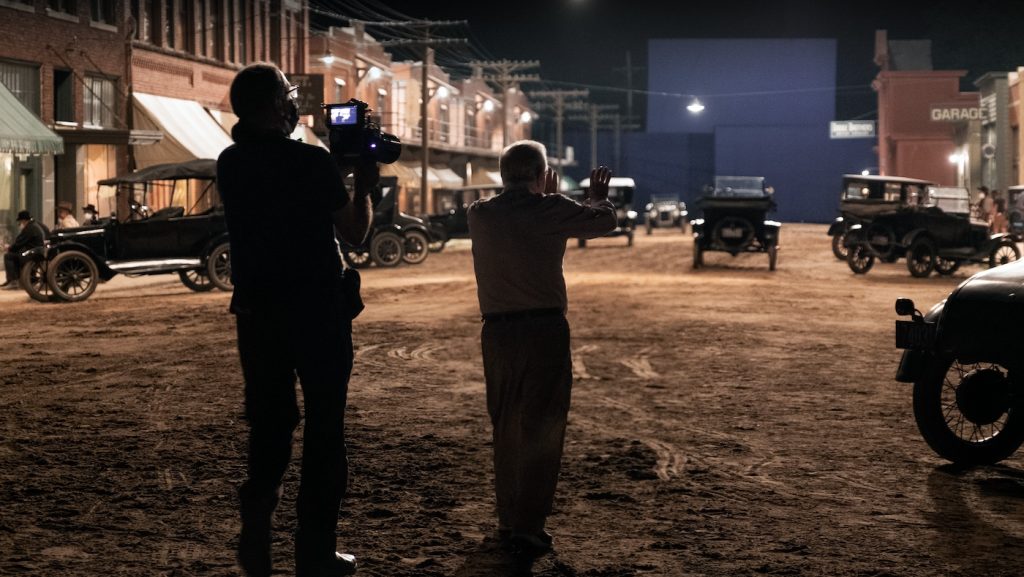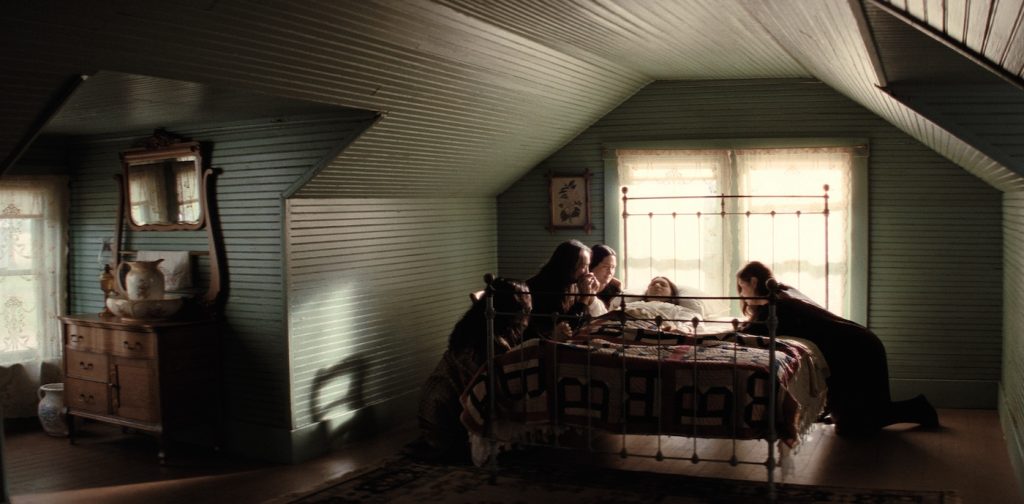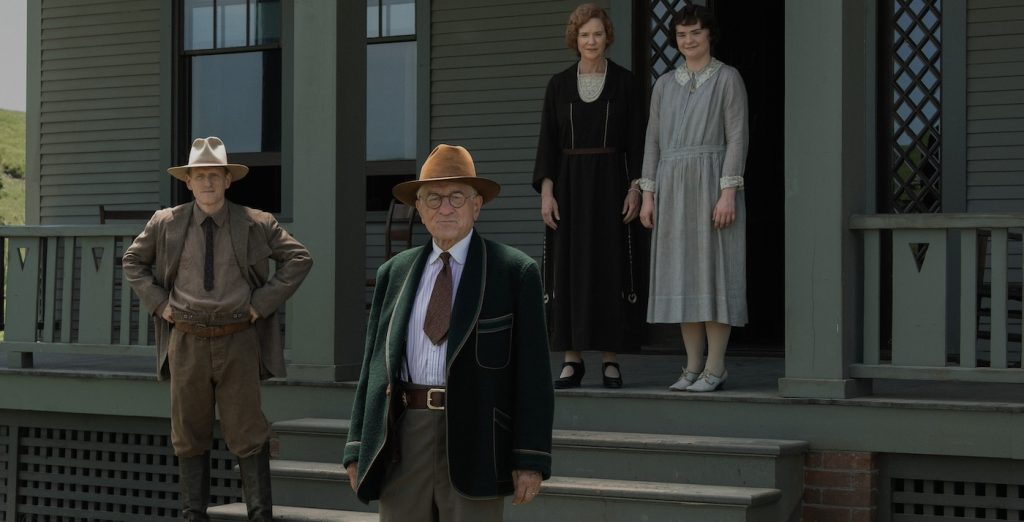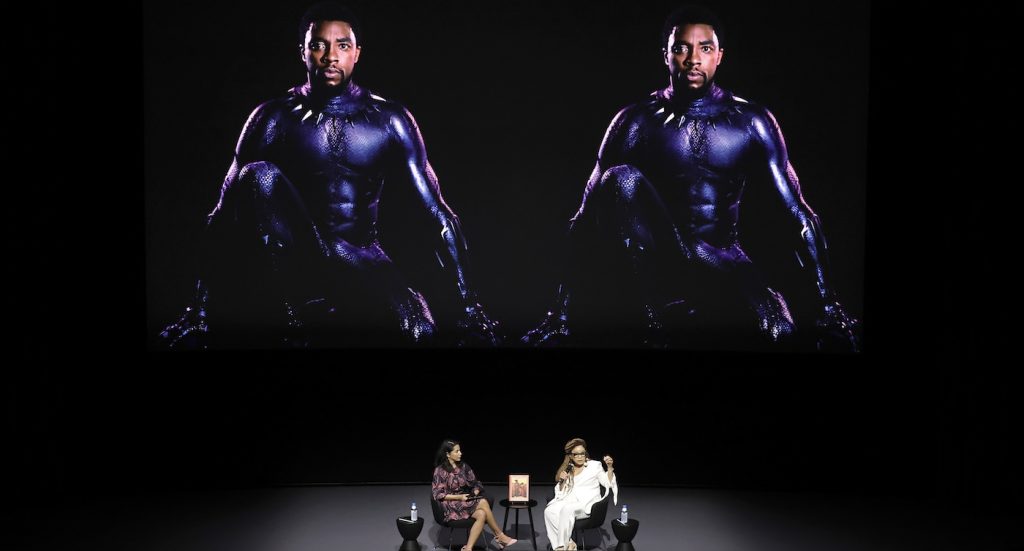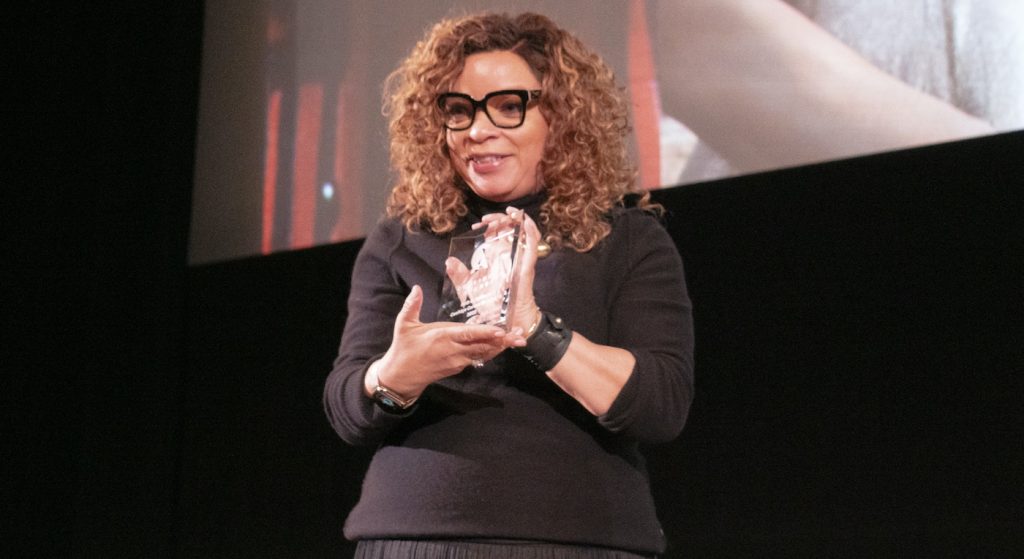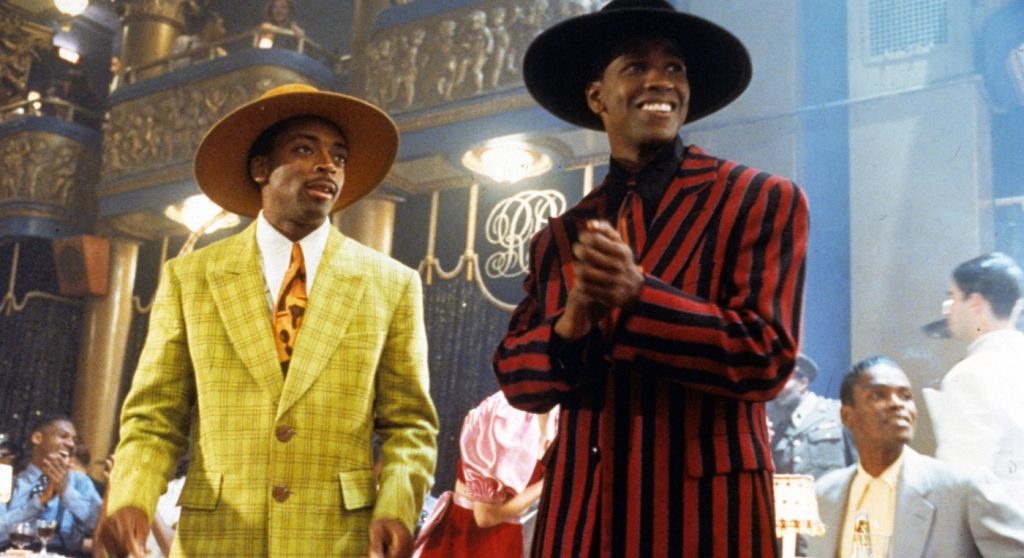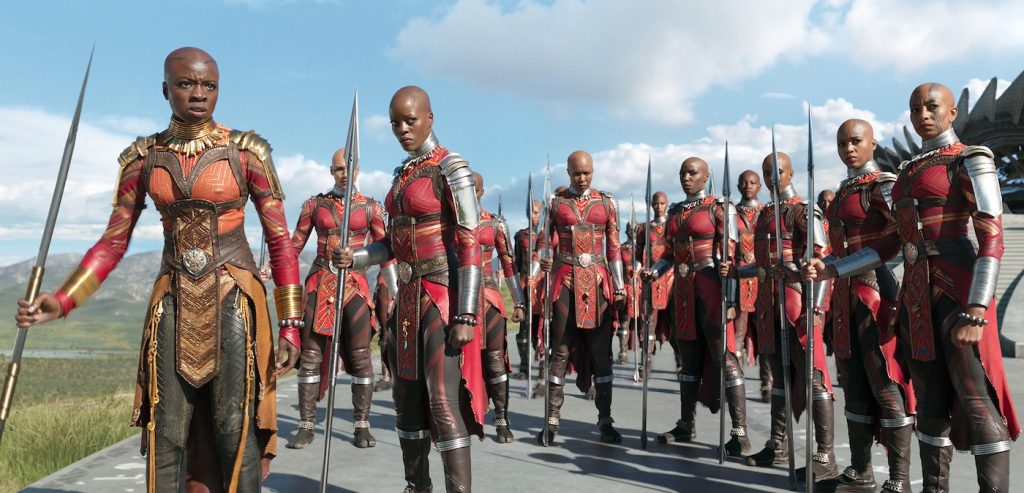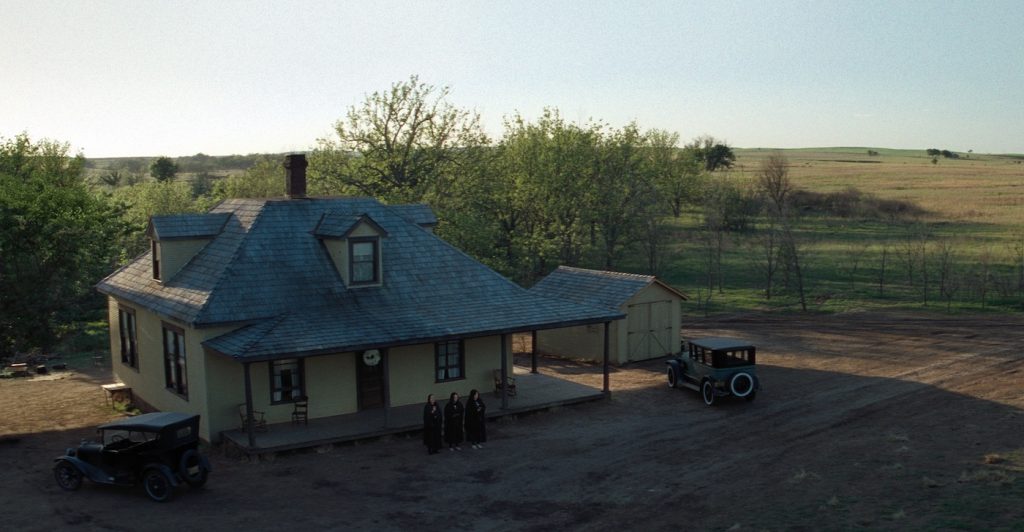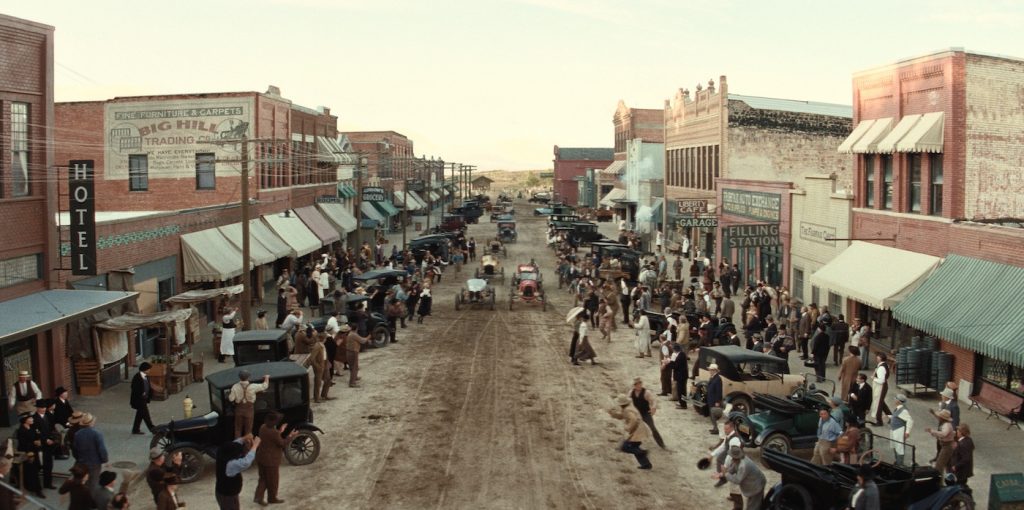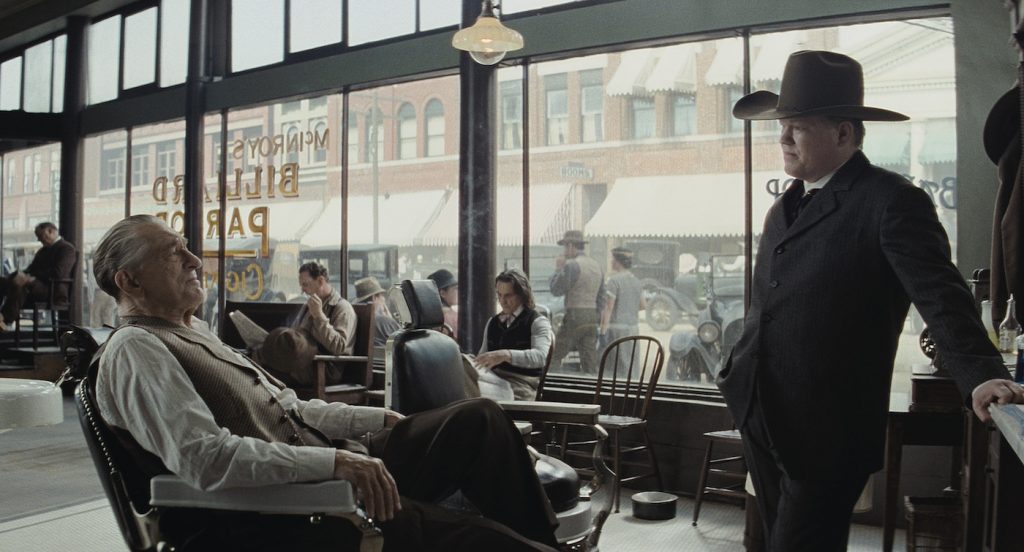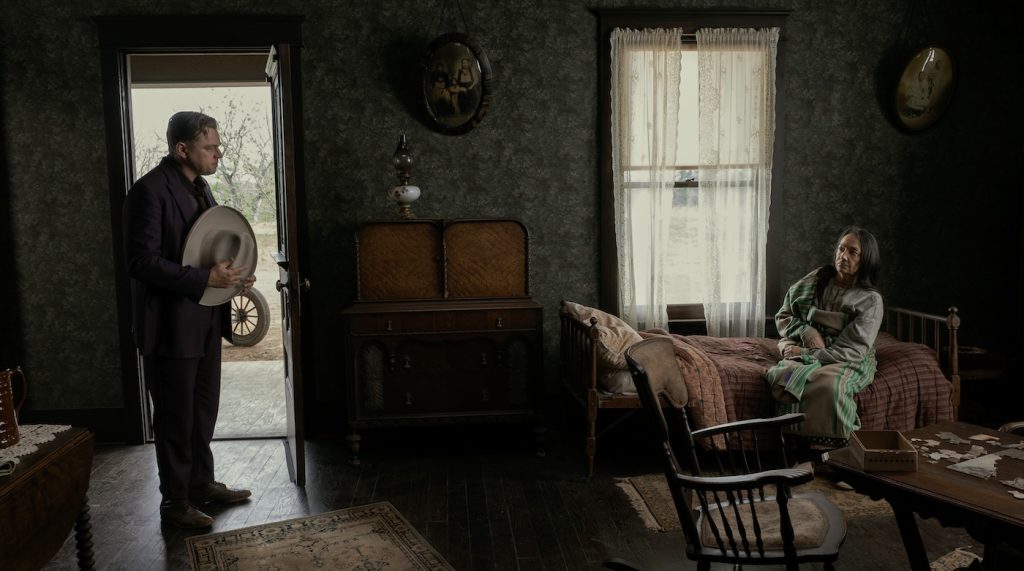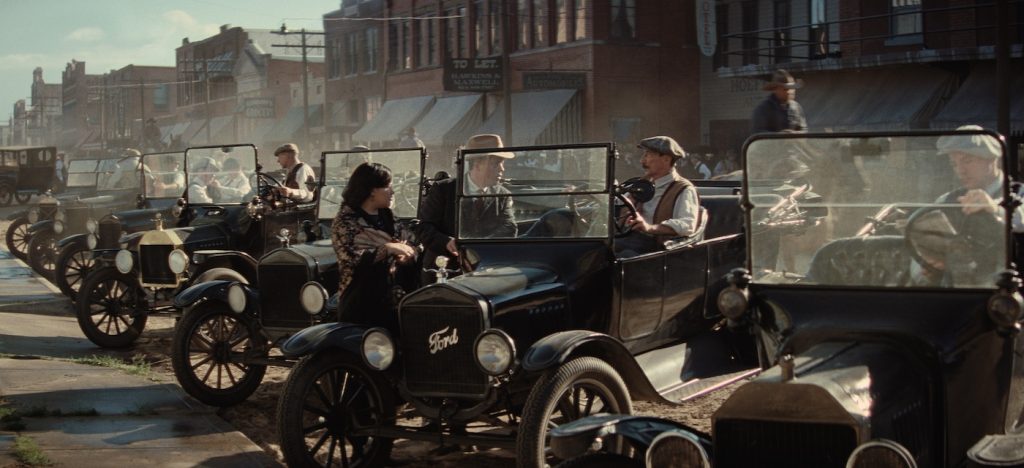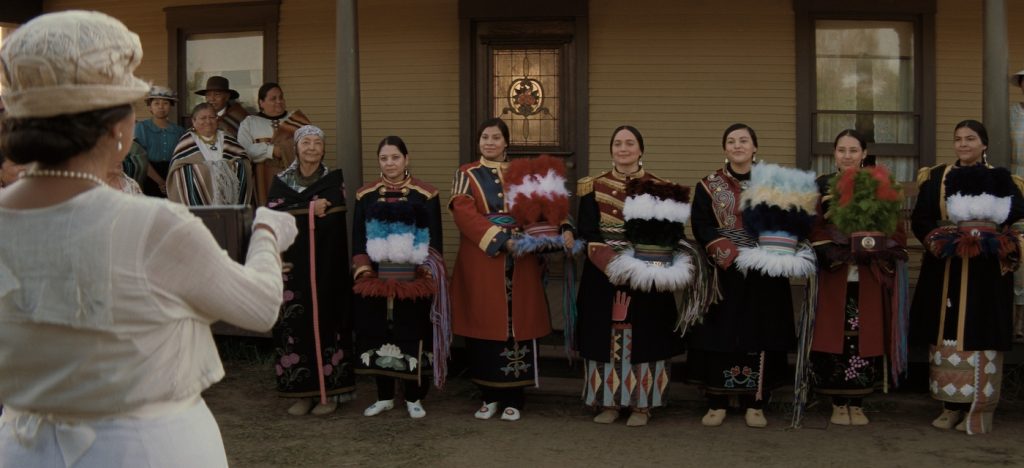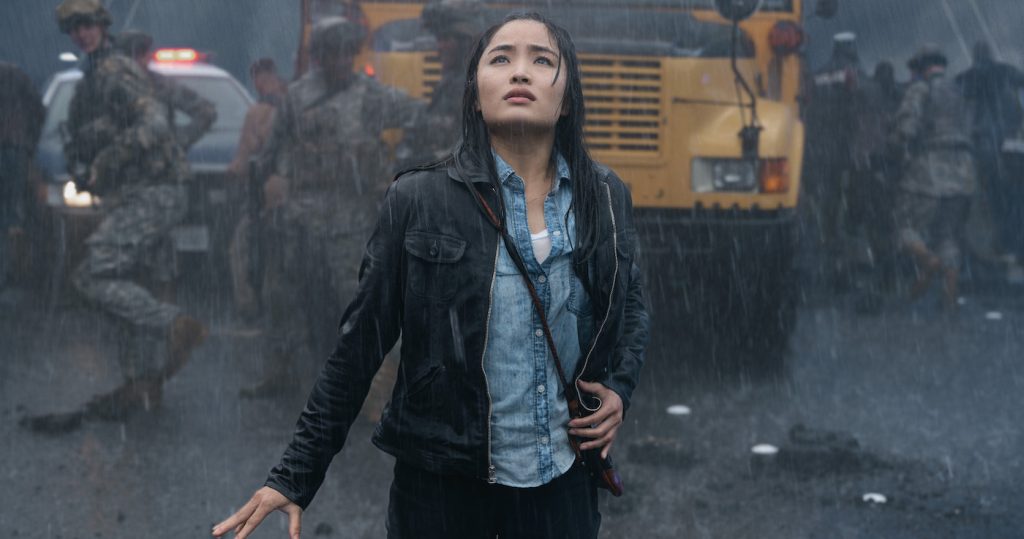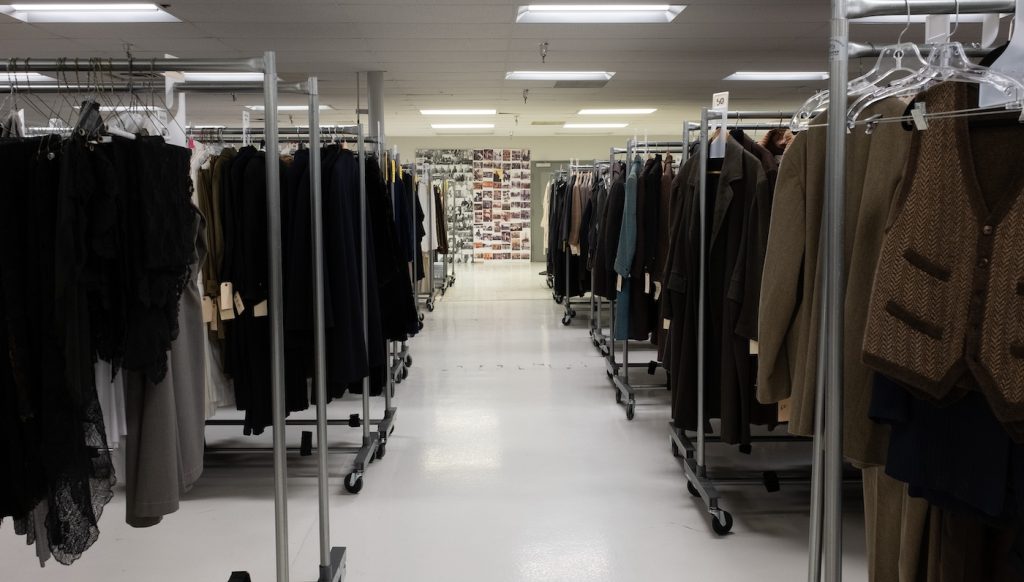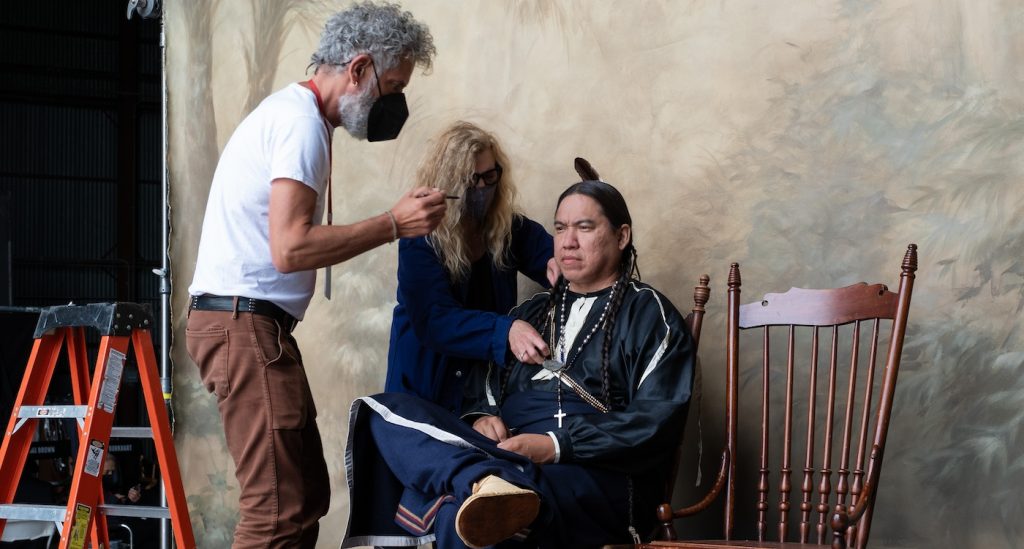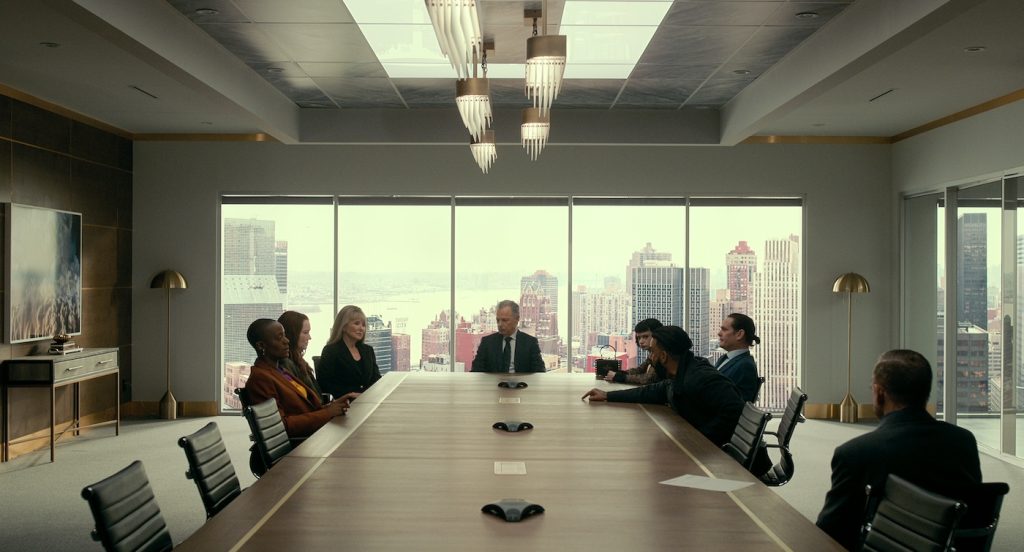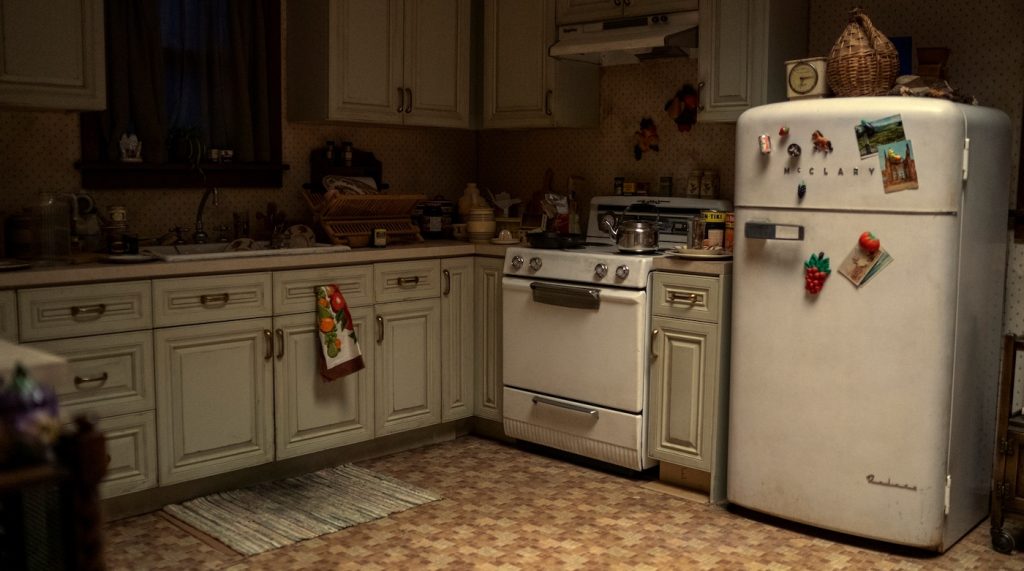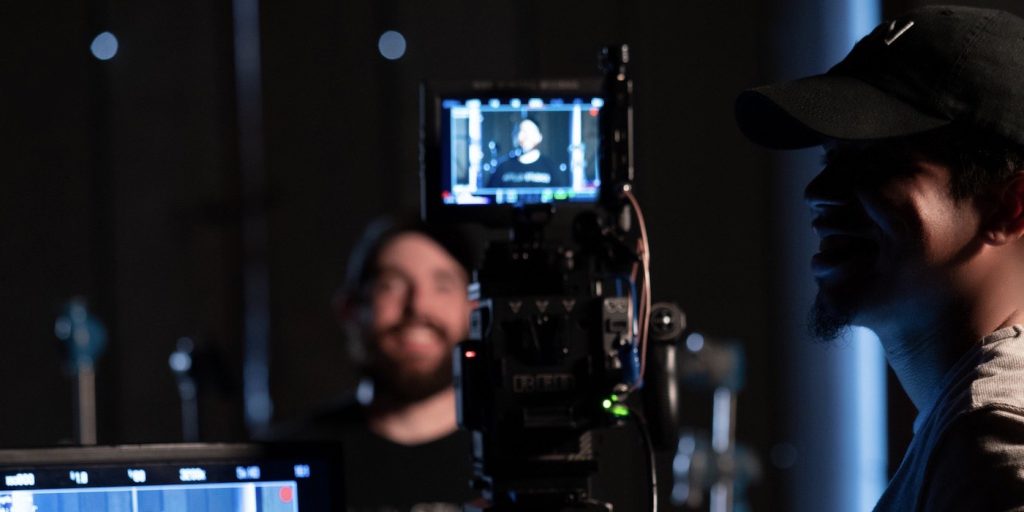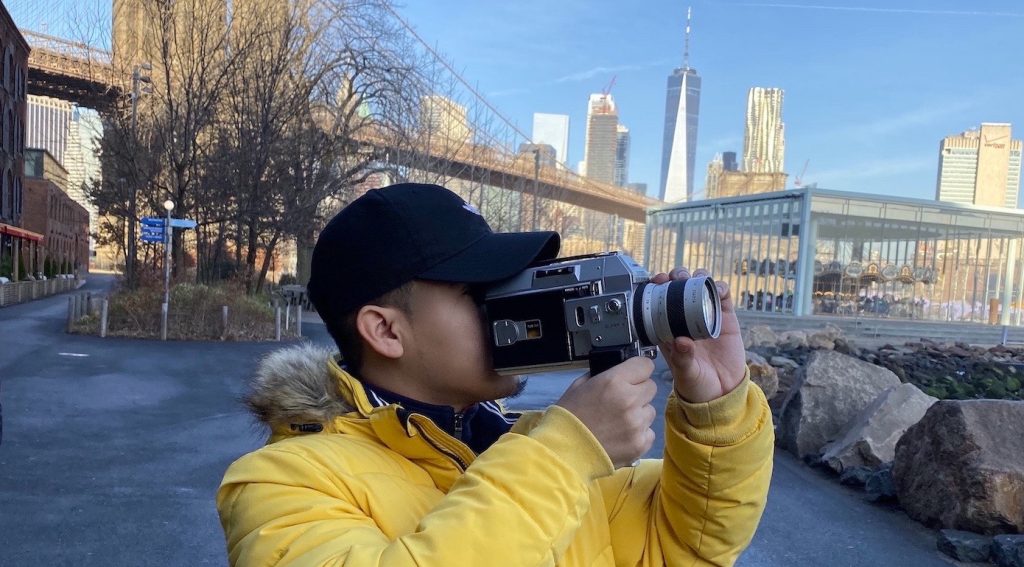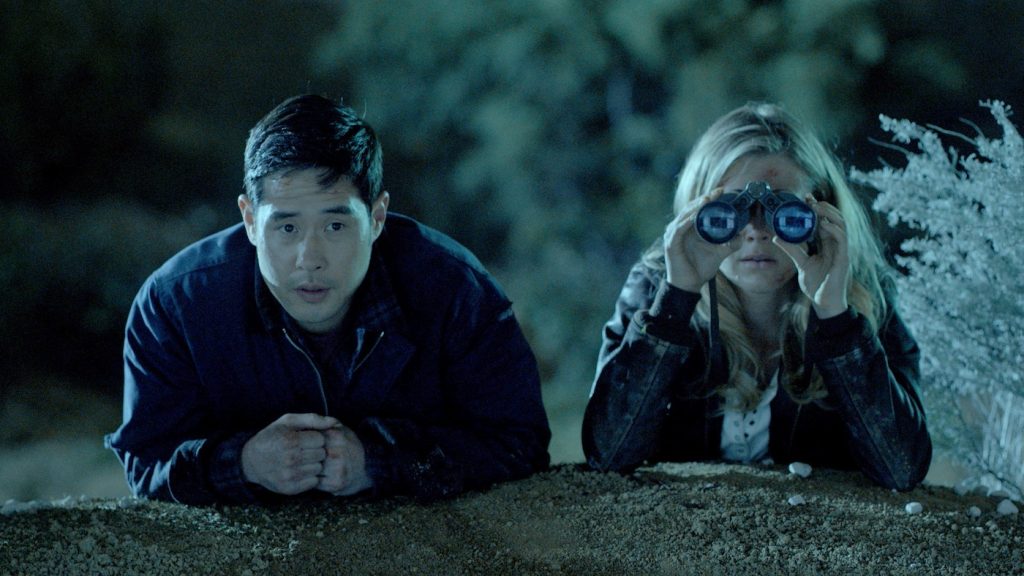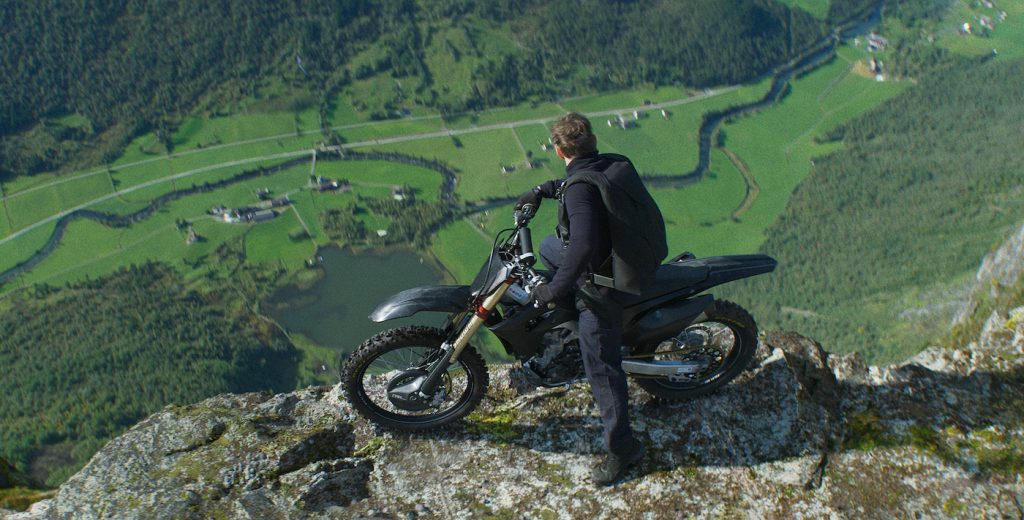When Martin Scorsese was young, he had an experience where he became painfully aware of how Native Americans were being treated, and since then, it’s taken him years to find a story he could tell about the culture in a respectful way. Killers of the Flower Moon, which opens in theaters October 20 with a runtime of 3 hours and 26 minutes, presents that lifelong desire with a gentle, examining eye in what could easily be the director’s best work to date.
Scorsese found David Grann’s 2017 spellbinding and heartbreaking book of the same name, which the film is adapted from, about the Osage Nation in Oklahoma during the 1920s, who were methodically manipulated and murdered for their oil wealth. Scorsese found Grann’s book after filming Silence, about Portuguese Jesuit priests searching for their renounced mentor in 17th century Japan.
“When I read David Grann’s book, I was immediately intrigued. Here was a terrible, large-scale tragedy — the systematic killings, over many years, of Osages who had grown wealthy after oil was struck on their land at the turn of the last century — that was all but unknown outside the Tribal Nations. It was a story of pure greed and exploitation that played out on an epic canvas, and at the heart of it was a deeply mysterious love story,” the director shares in the film’s production notes.
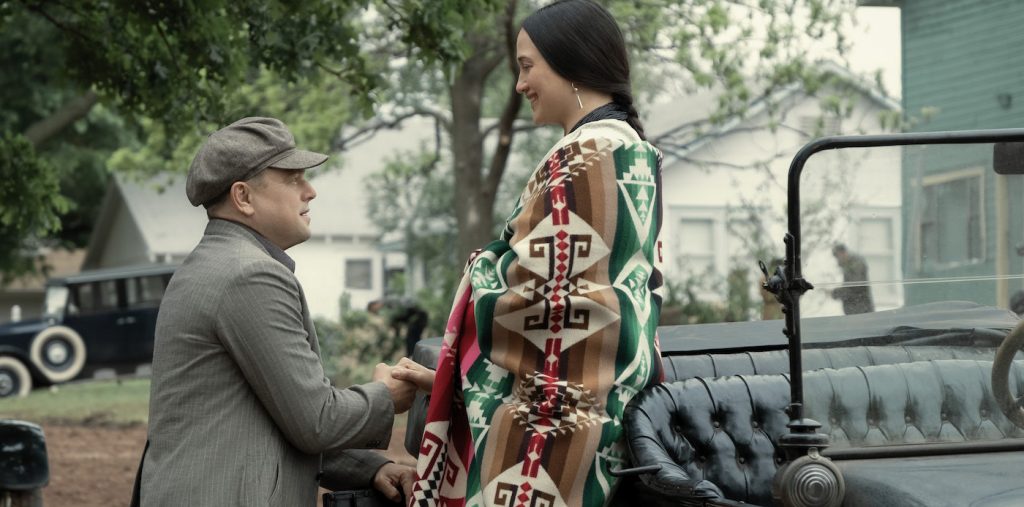
The love story Scorsese and co-writer Eric Roth examined is the marriage between Mollie Kyle, portrayed by Lily Gladstone in a sensational performance, and Leonardo DiCaprio’s Ernest Burkhart, a returning war veteran working for his uncle and big-shot businessman William Hale (Robert De Niro).
Connected to the people and a billowing story that involves friendship, love, extortion, and murder, Scorsese was “also drawn to the idea of making a picture on a grand Western canvas.” Even more so, the director made it his mission to involve the Osage and descendants living in Oklahoma to paint the painful truth.
Below, Scorsese shares insights into the Osage involvement, his admiration of Oklahoma, and how music influences the visual storytelling during a virtual press conference held before the film’s release, which has been edited for clarity and length.
What steps did you or the production team take to ensure that the Osage community felt accurately represented?
My first meeting was with Chief Standing Bear and his group: Julie and Addie Roan Horse and Chad Renfro. It was very different than what I expected. They were naturally cautious. I had to explain to them, and I’m just gonna try and deal with them as honestly and truthfully as possible. We weren’t going to fall into the trap.
What I didn’t really understand the first couple of meetings was that this is an ongoing situation, an ongoing story out in Oklahoma. In other words, these are things that really weren’t talked about in the generation I was talking to. It was the generation before them that this happened to. And so, they didn’t talk about it much. And the people involved are still there, meaning the families are still there, the descendants are still there.
And so, what I learned from meeting with them, having dinners with them, Margie Burkhart [a relative of Ernest Burkhart] pointed out, and a number of other people pointed out, that you have to understand, a lot of the white guys there, a lot of the European-Americans, particularly Bill Hale, they were good friends. One guy pointed out, “Henry Roan was his best friend, and yet he killed him.” And people just didn’t believe at the time that Bill would be capable of such things. And so, you know, what is that about us as human beings that allows for us to be so compartmentalized in a way?
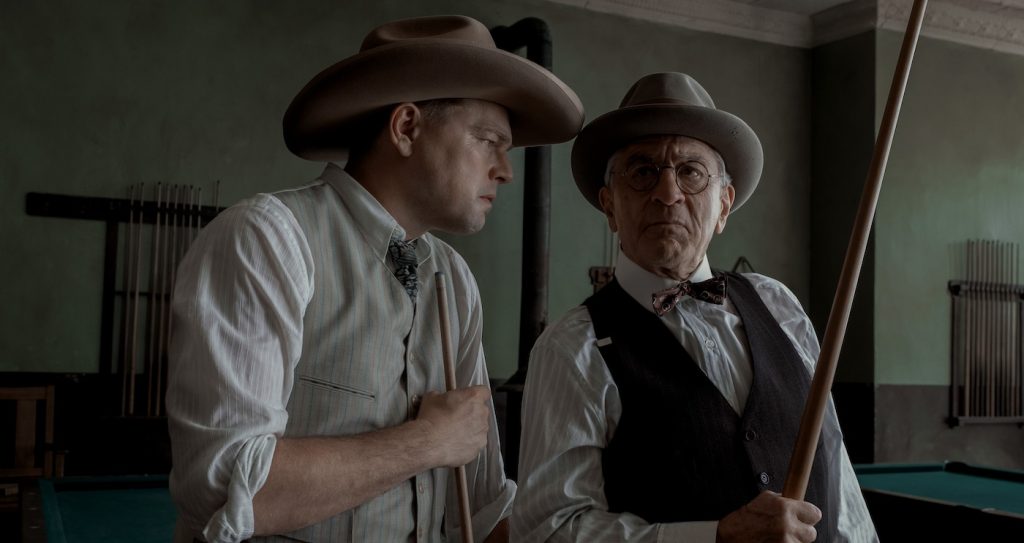
Margie [Burkhart] got up and talked about the fact that one has to remember, especially after she saw Silence, [which made her] a little more comfortable with me doing this; she said, “One has to remember that Ernest,” her ancestor, “loved Mollie, and Mollie loved Ernest. It’s a love story.” And so, ultimately, what happens is the script shifted that way. And that’s when Leo [DiCaprio] decided to play Ernest instead of Tom White.
And by that point, we started reworking the script, and it became gritty. Instead of from the outside in, coming in and finding out who done it, you know, when in reality it’s who didn’t do it. It’s a story of complicity. It’s a story of sin by omission. Silent complicity in certain cases. And so, that’s what afforded us the opportunity to open the picture up and start from the inside out.
The film takes place in Oklahoma, and you were adamant about shooting the movie there. When was the first time you visited Oklahoma, what was your impression, and how did you begin to visualize the film taking place there?
When I got there, all I could tell you was that those prairies are quite something. And they open your mind and your heart. They are just beautiful. And especially, driving on these roads through a prairie, and on both sides, wild horses, bison, and cows. It was, like, idyllic. And so, I said, where do I put the camera at this point? How much of the sky? How much of the prairie? Should it be 1.85, or should it be 2.35? We gotta go 2.35, you know? Because I wanna see more of this land.
And then I began to realize that the land itself could be sinister. In other words, you’re in a place like this, and you don’t see people for miles. You can do anything, particularly, it turns out, a hundred years ago. And I realized this is a place where you don’t need the law. I mean, you have the law, but the law isn’t working that way. You can make the law work for you if you’re smart enough. What I wanted to capture, ultimately, was the very nature of the virus or the cancer that creates this sense of a kind of easygoing genocide. And that’s why we went with the story with Mollie and Ernest because that’s the basis of the love. Love is the basis of trust. So, when there’s a betrayal that way, [it’s] deep.
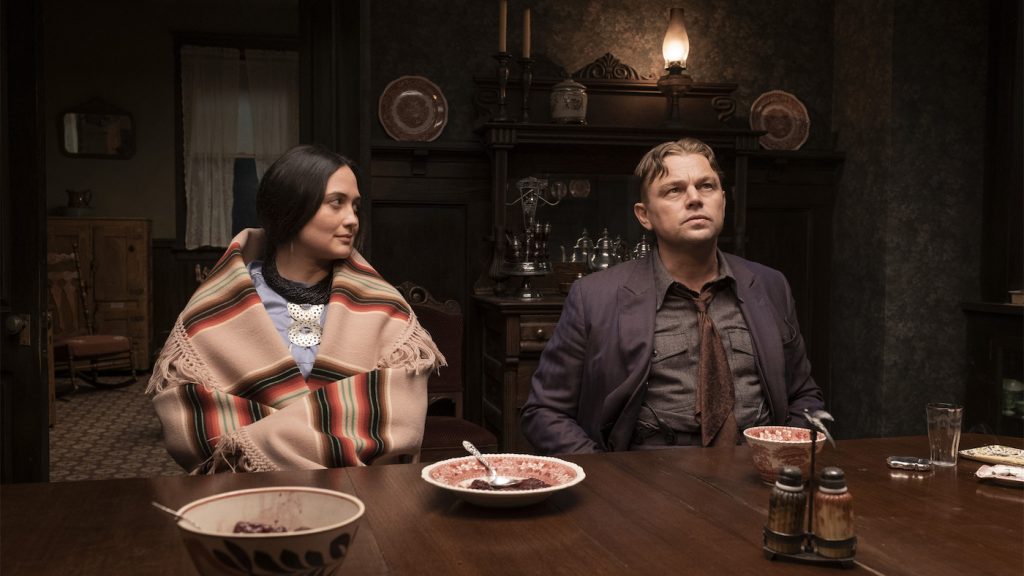
Can you discuss how you wanted to tell the story, both historically accurate but emotionally resonant?
This was a constant, [being] historically accurate. And I should use the word truthful. You know, you can have a ritual, and you shoot a ritual as the way it should be. But it may have been slightly different at the time.
And we had a lot of support from the Osage authority, the experts who were giving us the indication about how to go about these things. And so, with them, we tested the accuracy of the rituals, the baby namings, the weddings, and everything that happened at the funerals.
And so, in some cases, there was wiggle room because they [Osage] were all learning again to put their culture back together through this movie. We were going with them, so if this person puts the blanket on this way, and the baby naming is that way, well, one person would say, “Maybe yes.” Another would say, “Maybe no.” Another one would say, “You have a little room here to play with it and have some creative license.” We did every scene that way, and that was done a lot in pre-production and during the shoot.
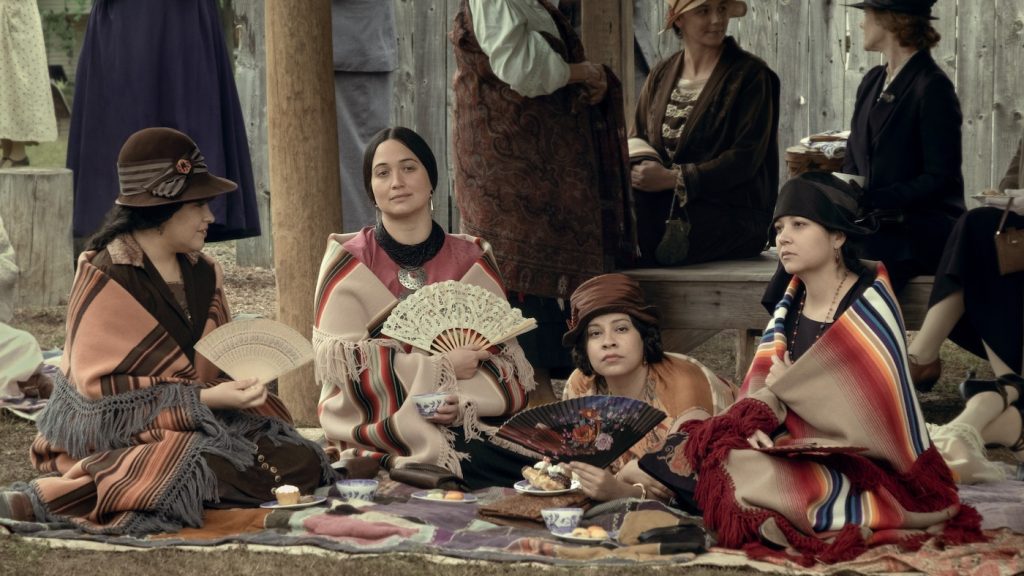
Speaking of Lily Gladstone, who plays Mollie, Ernest’s wife. Can you talk a little bit about the first thing that you shot with her?
Ellen Lewis showed her to me in Certain Women, Kelly Reichardt’s film. I thought she was terrific. And then COVID hit, and we weren’t able to meet. After the pandemic was calming down, we met on Zoom. And I was very, very impressed by her presence, the intelligence, and the emotion that’s there in her face. You see it, you feel it—you know that something’s working behind the eyes. You could see it happening.
I think the first big scene we did was one of my favorite scenes, where she has dinner with Ernest alone. And she’s questioning him, a little bit of an interrogation. And then you begin to see the connection between the two, and when she says, “Ha ha ha, Coyote wants money,” and surprisingly, he says, “That’s right. I love money.” She knows what she’s getting into.
We felt very comfortable with her [Lily]. And also, we had a feeling that we needed her. We needed her to help us tell the story of the women there. We would always check with her and work with her on the script. There were scenes that were added, and scenes were rewritten constantly.
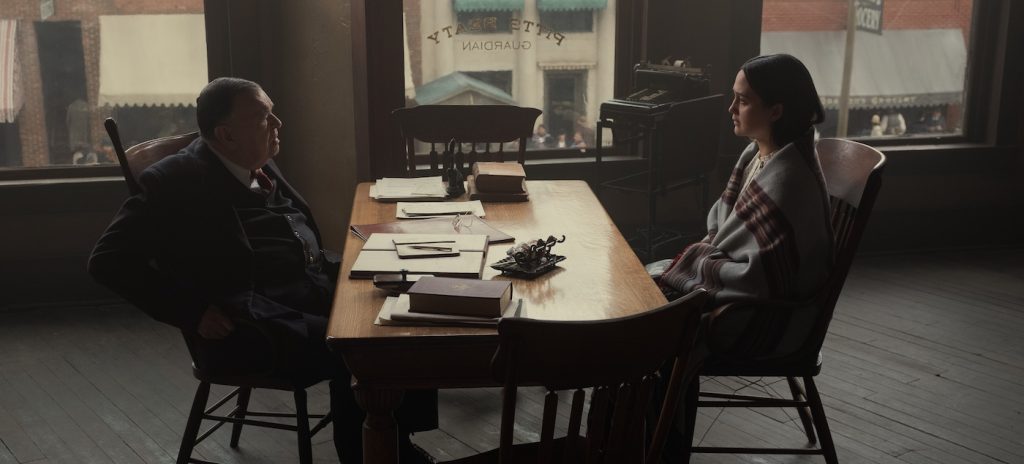
Your films have a musicality through your framing, camera movement, sounds, silences, and where you choose to cut shots. What informed the rhythm of your work, and what music were you hearing in the making and execution of this book?
The way I like to make pictures, for the most part…is like the pacing of music. The boxing scenes in Raging Bull are like the ballet scene in The Red Shoes, where everything is seen and felt from inside the ring, inside the fighter’s head, the way everything is felt and seen inside the dancer’s head, Moira Shearer’s, in Red Shoes. Sometimes, I play the music back on the set. In the case of Goodfellas, the end of Layla, for example, was played back as we were doing the camera moves.
And so for me, ultimately, the movie is more like I’m trying to get to be like a piece of music. I’m trying to get to the pacing and rhythm of something that can be played. And that’s done very, very carefully on set, but also even more carefully in the editing.
That’s why this picture is more like, somebody pointed out recently, like Bolero, where it starts slower and moves slowly and in circles and in circles, and then suddenly gets more intense and more intense, and suddenly goes more and more until it explodes.
A lot of the music that kept pushing me was what Robbie Robertson had put together, particularly that bass note that he was playing when Ernest drops her [Mollie] off for the first time at her house. She looks at him, she turns, and all of a sudden, you hear boom, boom, boom, boom, boom, boom. I said I wanted something fleshy and sexy but dangerous. And that beat took us all the way through.
Killers of the Flower Moon opens in theaters October 20, 2023.
For more on Killers of the Flower Moon, check out these stories:
How “Killers of the Flower Moon” Production Designer Jack Fisk Created 1920s Oklahoma
“Killers of the Flower Moon” Costume Designer Jacqueline West on the Power of the Osage Blanket
How Osage Tradition Influenced the Hair & Makeup in “Killers of the Flower Moon”
Featured image: Lily Gladstone and Martin Scorsese in “Killers of the Flower Moon,” premiering October 20, 2023 on Apple TV+.


